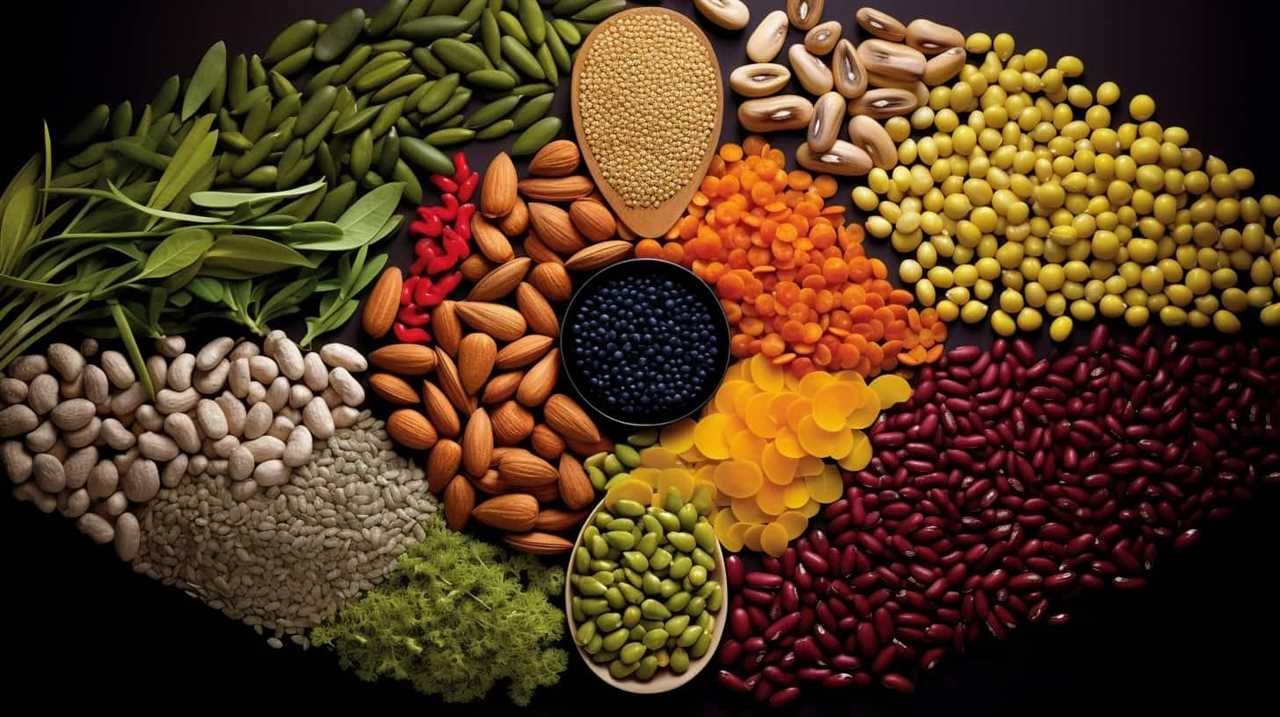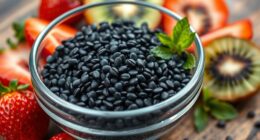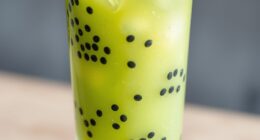Let’s delve into the fascinating historical path of our ancestors’ utilization of Salvia hispanica seeds, commonly known as chia seeds.
These tiny powerhouses have played a significant role in ancient cultures, not only as a staple in culinary practices but also in religious ceremonies and as a source of medicinal properties.
Additionally, these seeds held immense value in ancient trade and commerce, making them a highly sought-after commodity.
Join us as we uncover the diverse historical uses of chia seeds.
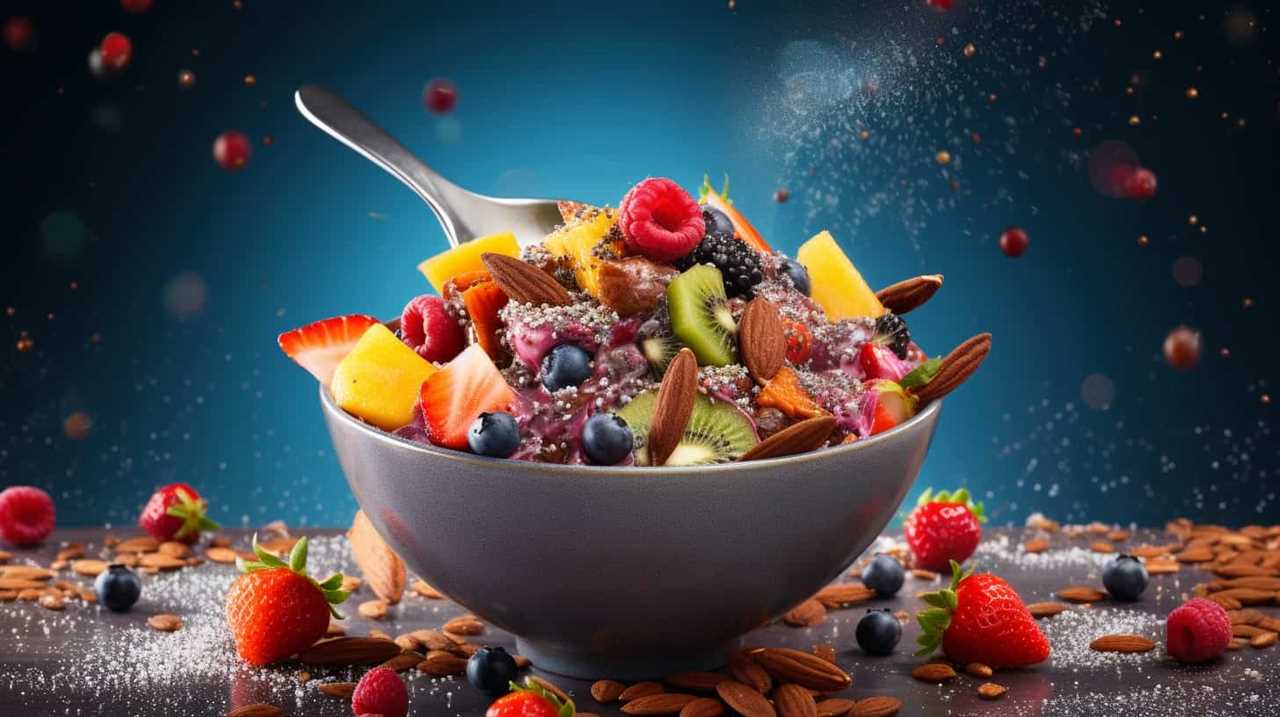
Key Takeaways
- Chia seeds were used in ancient cultures for culinary practices, religious ceremonies, and medicinal purposes.
- Chia seeds were seen as a symbol of abundance, life, and fertility in ancient cultures.
- Chia seeds can be used in a variety of culinary recipes, such as chia pudding, smoothies, and homemade crackers.
- Chia seeds were highly valued in ancient trade and commerce, serving as a source of sustenance and symbolizing wealth and power.
Ancient Cultures and Chia Seeds
We will explore how ancient cultures utilized chia seeds as a vital source of nutrition and medicine. Chia seeds held great ritual significance in these cultures, often being used in ceremonies and religious practices. They were believed to possess powerful properties that promoted healing and fertility, making them a symbol of abundance and life.
The Mayans, for example, used chia seeds as an offering to their gods and consumed them for energy during long journeys. Chia seeds were also commonly used by the Aztecs, who recognized their ability to sustain warriors in battle and increase stamina. These ancient civilizations understood the incredible nutritional value of chia seeds and incorporated them into their daily lives.
As we delve further into the topic, we’ll explore the traditional culinary uses of chia seeds.
Traditional Culinary Uses of Chia Seeds
Continuing from our exploration of ancient cultures and chia seeds, it’s fascinating to examine the traditional culinary uses of these seeds. Chia seeds have long been a staple in the diets of many civilizations, and their versatility in culinary recipes is truly remarkable.
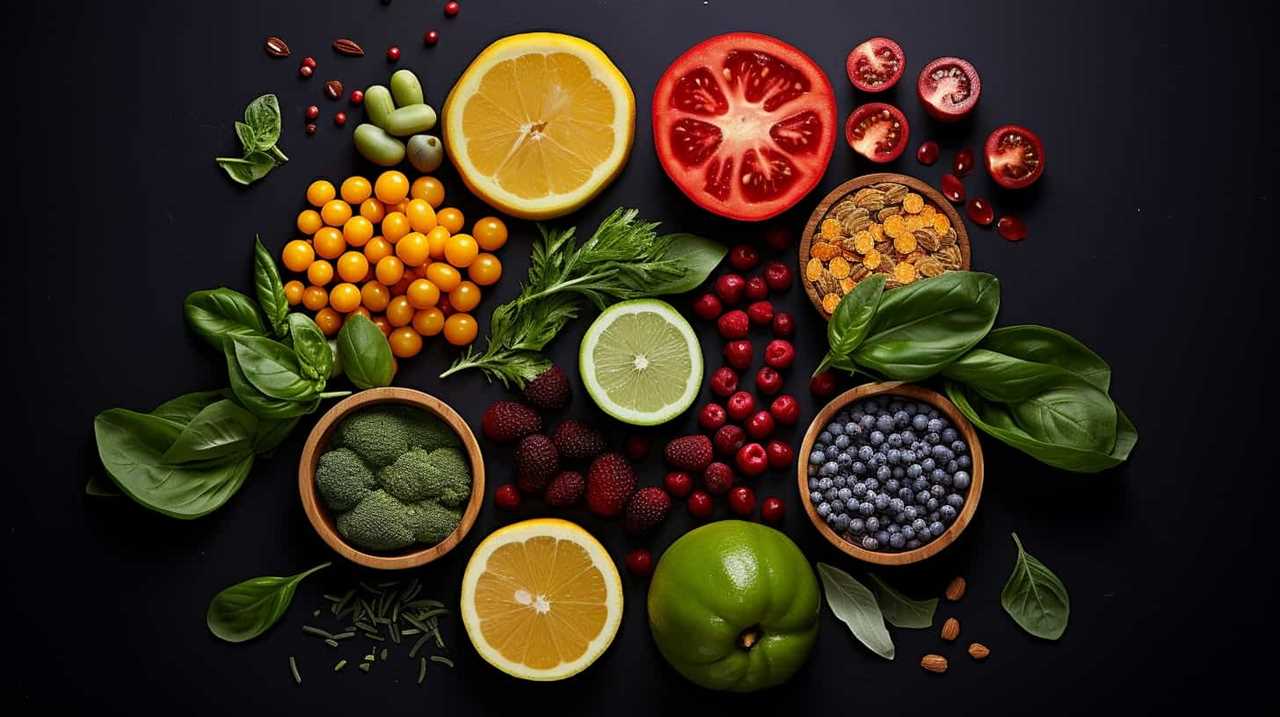
Here are three ways in which chia seeds have been traditionally used in cooking:
- Chia Pudding: Chia seeds can absorb liquids and form a gel-like texture, making them perfect for creating a creamy and nutritious pudding. Simply mix chia seeds with your choice of milk, sweetener, and flavorings, and let it sit overnight to thicken.
- Chia Smoothies: Adding a spoonful of chia seeds to your favorite smoothie can provide a boost of fiber, protein, and omega-3 fatty acids. The seeds add a satisfying texture and make your smoothie more filling.
- Chia Crackers: Chia seeds can be incorporated into homemade crackers, providing a crunchy and nutritious snack. Mix chia seeds with flour, herbs, and spices, and bake until crisp.
In addition to their culinary versatility, chia seeds offer numerous nutritional benefits. They’re rich in fiber, protein, and healthy fats, making them a wholesome addition to any dish.
Chia Seeds in Religious Ceremonies
Chia seeds have also played a significant role in religious ceremonies throughout history. These tiny seeds were considered sacred and were believed to possess special powers and qualities. In many cultures, chia seeds were used as offerings to deities and as a symbol of fertility, abundance, and spiritual connection.
They were often included in rituals and ceremonies to invoke blessings, protection, and healing. The ritualistic use of chia seeds varied among different indigenous cultures, but they were commonly used in ceremonies related to harvest, initiation rites, and celebrations of life. Chia seeds were seen as a conduit between the physical and spiritual realms, connecting individuals to their ancestors and the divine.
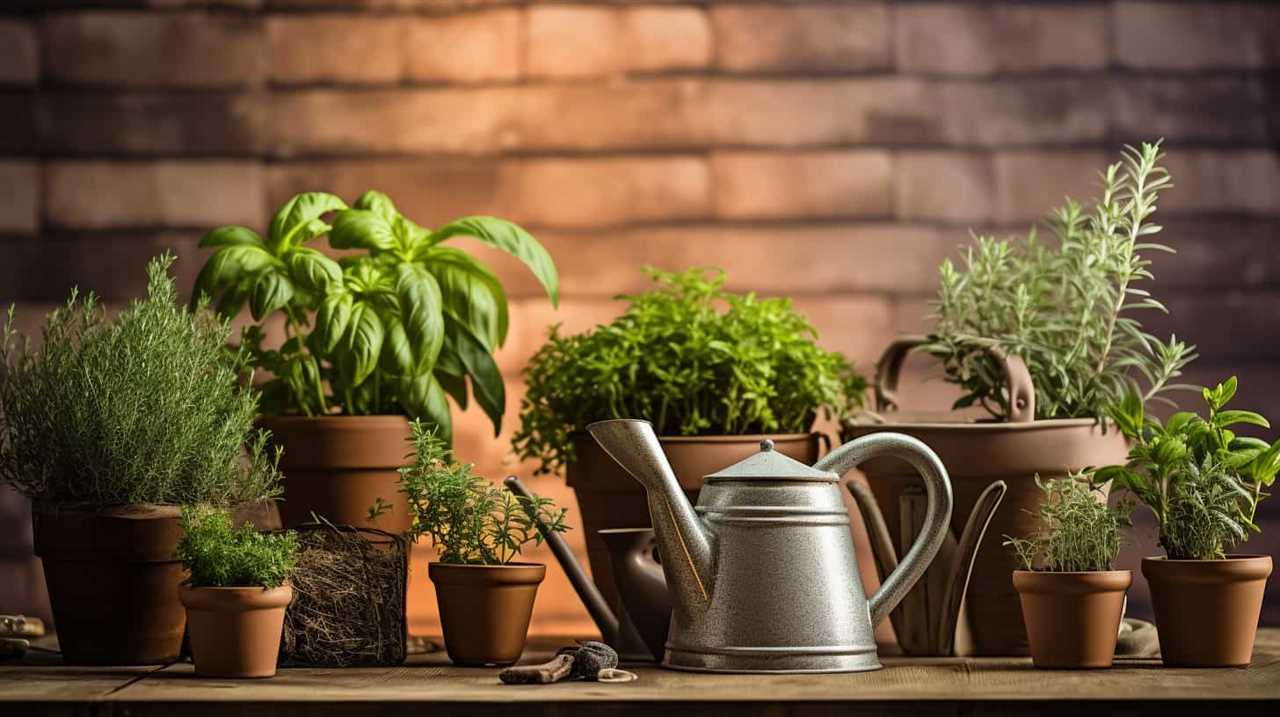
Their inclusion in religious ceremonies highlights the deep reverence and respect for the natural world and its gifts.
Medicinal Properties of Chia Seeds
Building on the significance of chia seeds in religious ceremonies, their historical usage also extends to their medicinal properties. Chia seeds have long been recognized for their exceptional nutritional benefits and healing properties.
Here are three modern uses of chia seeds that showcase their medicinal potential:
- Rich in Omega-3 Fatty Acids: Chia seeds are packed with omega-3 fatty acids, which are essential for maintaining heart health and reducing inflammation in the body.
- High in Antioxidants: Chia seeds are a great source of antioxidants, which help protect our cells from damage caused by free radicals and reduce the risk of chronic diseases.
- Promote Digestive Health: The high fiber content of chia seeds promotes healthy digestion, prevents constipation, and supports the growth of beneficial gut bacteria.
Incorporating chia seeds into your diet can provide numerous health benefits, making them a valuable addition to your daily routine.
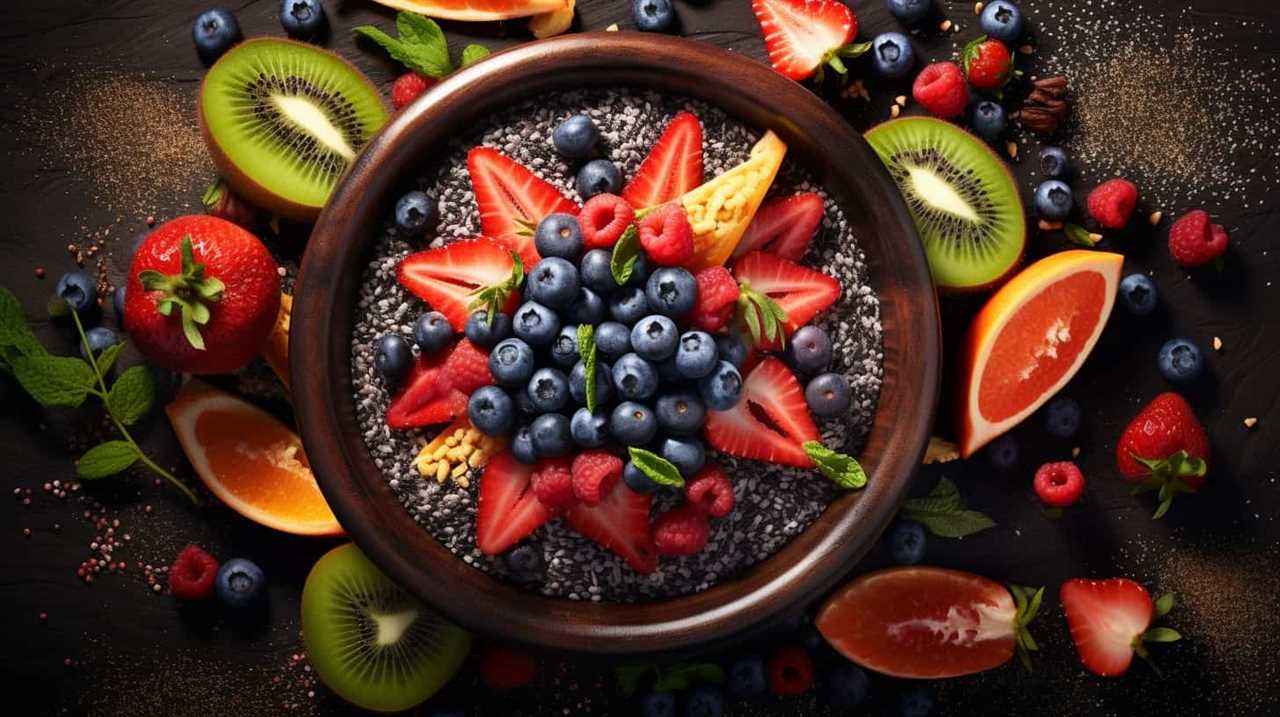
Chia Seeds in Ancient Trade and Commerce
During our research, we discovered that historical records show a significant presence of chia seeds in ancient trade and commerce. Chia seeds weren’t only valued for their nutritional benefits but also as a symbol of wealth and power.
In ancient civilizations, such as the Mayans and Aztecs, chia seeds played a vital role in their economy and social structure. Chia seeds were used as a source of sustenance, providing essential nutrients like protein, fiber, and omega-3 fatty acids.
Due to their high nutritional value and ability to provide sustained energy, chia seeds were highly sought after in trade. They were often used as a form of currency and were considered a luxury item, only accessible to the elite.
The prominence of chia seeds in ancient trade and commerce highlights their importance and value in the past.
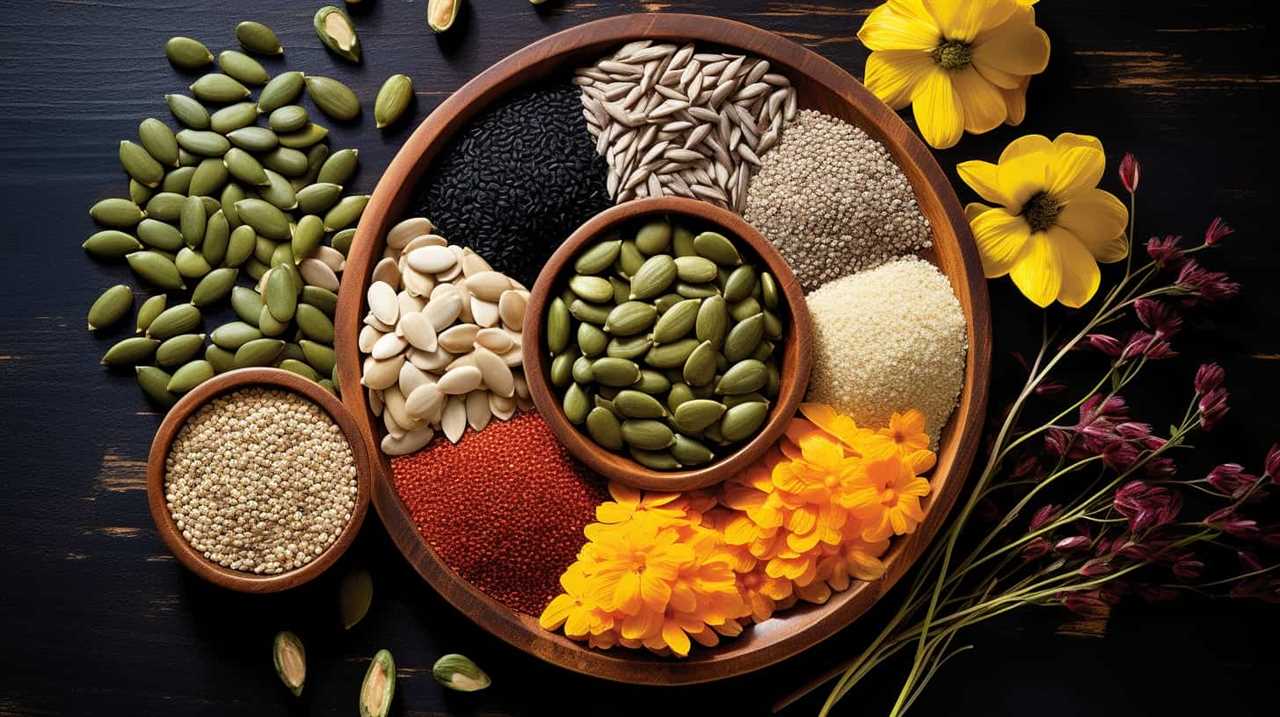
Frequently Asked Questions
How Do Chia Seeds Compare to Other Types of Seeds in Terms of Nutritional Value?
Chia seeds are nutritionally superior to flax seeds. They are packed with omega-3 fatty acids, fiber, and antioxidants, which promote heart health, aid digestion, and reduce inflammation. Incorporating chia seeds into your diet offers numerous health benefits.
What Are Some Modern Uses of Chia Seeds in Cooking and Baking?
Chia seeds have gained popularity in modern cooking and baking. They are commonly used in smoothies for added nutrition and can be a valuable ingredient in vegan baking, providing essential fatty acids and fiber.
Are There Any Potential Side Effects or Allergies Associated With Consuming Chia Seeds?
There may be potential side effects and allergies associated with consuming chia seeds. It’s important to be aware of these risks and consult with a healthcare professional if you have any concerns.
How Were Chia Seeds Traditionally Harvested and Stored by Ancient Civilizations?
Traditionally, ancient civilizations cultivated chia seeds using traditional methods. They harvested the seeds by hand, carefully separating them from the chaff. To preserve them, they stored the seeds in cool, dry environments.
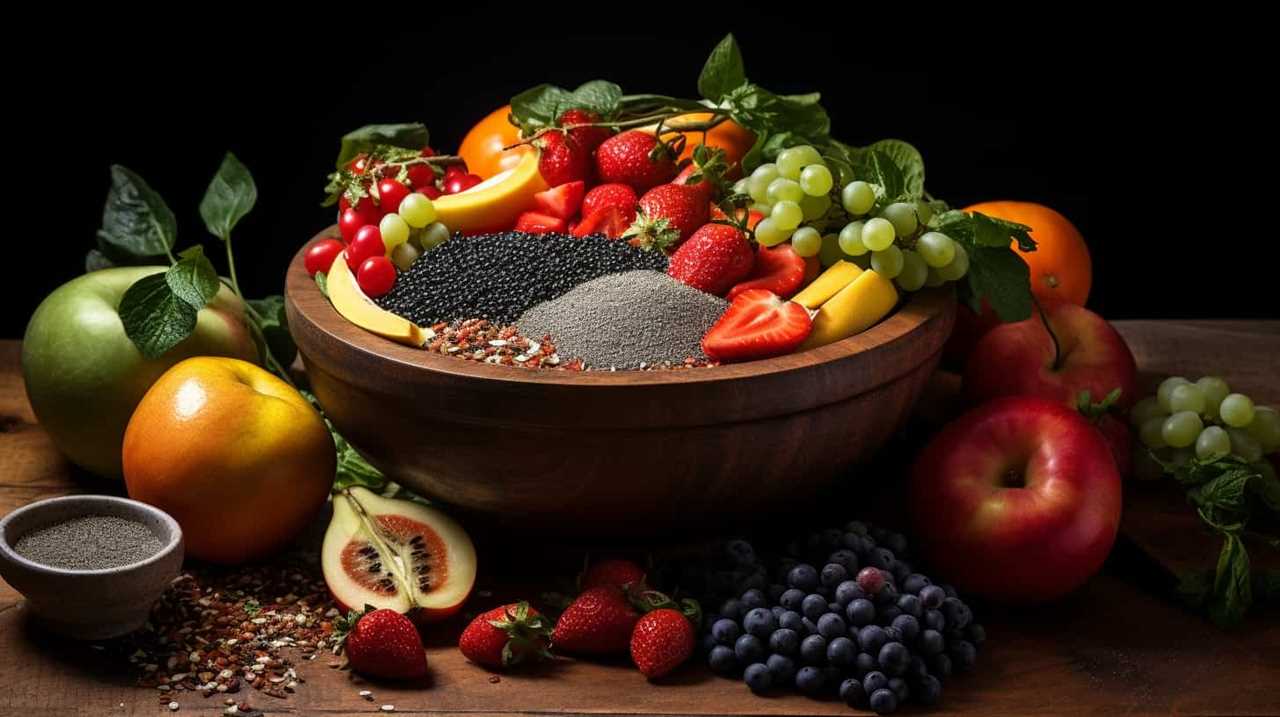
Is There Any Evidence of Chia Seeds Being Used for Non-Food Purposes, Such as in Crafts or as a Natural Dye?
Yes, there is evidence of chia seeds being used for non-food purposes. They were used in crafts to create intricate designs and as a natural dye to color fabrics and materials.
Conclusion
In conclusion, the historical use of chia seeds by ancient cultures reveals their significance and versatility. These tiny seeds weren’t only used as a staple in traditional culinary practices but also held religious and medicinal importance.
Their presence in ancient trade and commerce further highlights their value. Like a hidden gem, chia seeds symbolize the rich history and multifaceted benefits that can be unlocked by exploring the cultural heritage of food.





